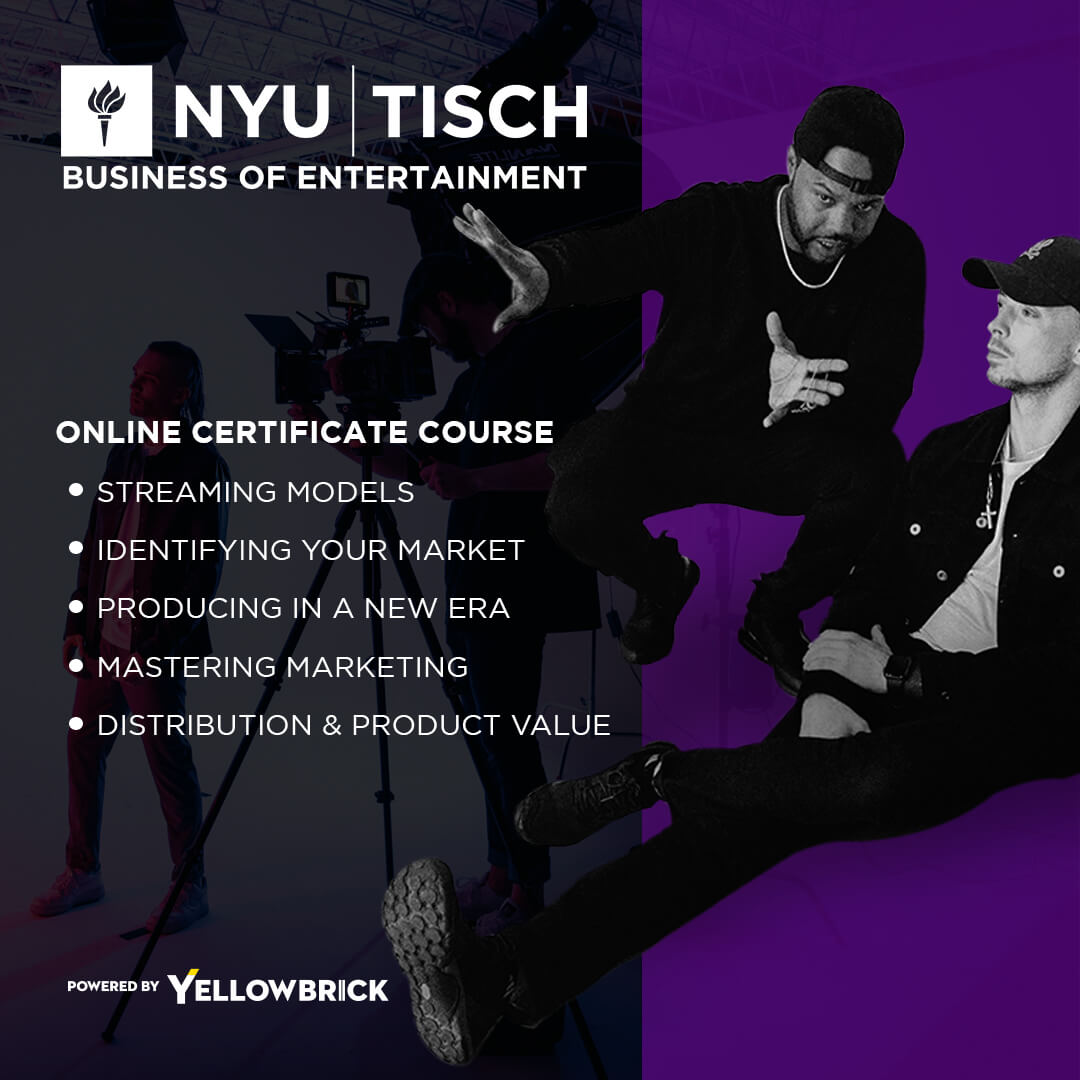A creative director holds a senior-level position responsible for defining and maintaining the visual and creative direction of a company, campaign, or project. Found across industries such as design, advertising, film, fashion, publishing, and digital media, creative directors ensure that all creative outputs reflect the brand’s identity and strategic goals.
Unlike individual contributors such as designers or copywriters, creative directors operate at a higher level—bridging the gap between creativity and business. They focus on big-picture thinking, guiding the vision, unifying cross-functional teams, and making final decisions on the execution of creative projects.
Key Responsibilities of a Creative Director
A creative director wears many hats, juggling strategic oversight, artistic vision, and team leadership. Below are the core responsibilities that define this role.
Setting the Creative Direction
Creative directors are the architects of a project’s creative vision. They review briefs, analyse goals, and set the overall tone and style of campaigns. This could include defining visual elements, choosing messaging styles, or even selecting brand colours and typography. Their direction becomes the foundation that guides the rest of the creative team.
Leading Creative Teams
Creative directors lead teams that may include graphic designers, illustrators, copywriters, photographers, videographers, art directors, and web developers. They inspire, mentor, and challenge their team to produce standout work while maintaining harmony and meeting deadlines. Leadership in this role means not only managing people but also encouraging innovative thinking and problem-solving.
Developing Concepts
From the initial brainstorming stage to final pitches, creative directors play a crucial role in developing and refining concepts. They review multiple ideas, contribute their own, and decide which direction best aligns with the client’s vision and business goals. Their feedback is essential in shaping ideas into coherent, market-ready campaigns.
Collaborating with Clients
Creative directors often act as the main point of contact for clients. They present concepts, handle revisions, and ensure that client expectations are met without compromising the creative integrity of the work. This relationship management is key to delivering successful, collaborative projects.
Managing Budgets and Resources
A great idea is only as good as its execution. Creative directors work with project managers and production teams to manage timelines, allocate resources, and keep projects on budget. They make critical decisions about where to invest time and money to achieve the highest quality outcome.
Staying Ahead of Trends
To stay competitive, creative directors must be forward-thinking. They keep an eye on emerging design, technology, and cultural trends. This allows them to push boundaries and keep the brand or agency’s output fresh, relevant, and exciting.
Skills and Qualifications of a Creative Director
To thrive in this role, a creative director must possess a mix of artistic ability, leadership qualities, and strategic insight. Below are the key skills and qualifications required to succeed.
Creativity
At the core of this role is creativity. Creative directors must have an exceptional eye for design, storytelling, and innovation. They are often the ones pushing their teams to break away from the ordinary and explore bold new ideas.
Leadership
Managing a creative team requires confidence, emotional intelligence, and the ability to guide diverse personalities. A creative director must know how to build trust, manage conflict, delegate effectively, and inspire others.
Communication
Whether pitching to clients, providing team feedback, or aligning with executives, communication is essential. Creative directors must clearly articulate their vision and expectations across departments.
Strategic Thinking
Creative directors don’t create in a vacuum. Their ideas must align with broader marketing, sales, and branding goals. Strategic thinking helps them ensure their team’s output supports the business’s overall direction.
Problem-Solving
Challenges often arise mid-project, from client changes to technical limitations. Creative directors must think quickly, find creative workarounds, and maintain momentum without compromising quality.
Adaptability
Industries evolve rapidly, especially in digital media and design. A successful creative director embraces change, adapts their processes, and continuously seeks new methods to elevate their team’s work.
Professional Background
Most creative directors have a degree in design, fine arts, advertising, communications, or a related field. However, what truly sets them apart is experience—typically 7 to 10 years in creative roles such as graphic designer, copywriter, or art director. A strong portfolio showcasing a wide range of successful campaigns is often more important than formal education alone.
Why Creative Directors Matter
In today’s image-driven and content-rich world, businesses compete for attention in a crowded marketplace. This is where creative directors shine. They bring consistency, originality, and emotional resonance to a brand’s message—helping organisations stand out and connect with their audience.
Whether launching a new product or revamping an old brand, the creative director ensures the messaging is clear, the visuals are strong, and the result is unforgettable. Their work doesn’t just sell products—it builds brands.
How to Become a Creative Director
If you’re aiming for this role, here’s how you can start working your way up the ladder.
Build a Strong Creative Foundation
Start in entry-level positions such as junior designer, copywriter, or production assistant. This hands-on experience will teach you the tools of the trade.
Gain Experience Across Projects
Work on a variety of creative campaigns, both large and small. Diversifying your experience helps you understand different industries and audiences.
Learn Leadership Skills
Volunteer to lead smaller teams or projects. Take note of how managers provide feedback, manage workflow, and communicate with clients. Leadership can be learned—and practised.
Develop a Strategic Mindset
Start thinking like a business leader. Understand how creative work supports goals like increasing brand awareness, driving conversions, or communicating values.
Stay Current with Industry Trends
Read design blogs, attend creative conferences, take short courses, and explore new technologies. Continuous learning is essential in this ever-evolving role.
Build a Strong Portfolio
Your portfolio is your most powerful tool. Highlight your most successful campaigns, showcasing your ability to develop concepts, lead a team, and deliver measurable results.
Final Thoughts
Creative directors don’t just lead teams—they shape brand stories, influence consumer behaviour, and set the tone for how a company is perceived. It’s a role that requires vision, resilience, and a deep love for creative work.
For aspiring creatives, the path to becoming a creative director is both challenging and rewarding. With the right mix of skills, experience, and passion, it’s a career that offers not just creative freedom, but the chance to leave a lasting mark on the world of media, design, and marketing.
Key Takeaways:
- Creative directors are visionaries responsible for leading the creative direction of projects, teams, and organizations in design, advertising, and marketing.
- Their role involves setting creative direction, leading teams, developing concepts, collaborating with clients, managing budgets, and staying current with industry trends.
- Skills required for a creative director include creativity, leadership, communication, strategic thinking, problem-solving, and adaptability.
- Aspiring creatives can excel in this role by honing their skills, gaining experience, and building a strong portfolio that demonstrates their creative vision and capabilities.
For those looking to further their knowledge and skills in creative direction and leadership, consider exploring the online courses offered by Yellowbrick, such as the NYU Business of Entertainment program, to enhance your expertise and succeed in the dynamic world of design and marketing.








